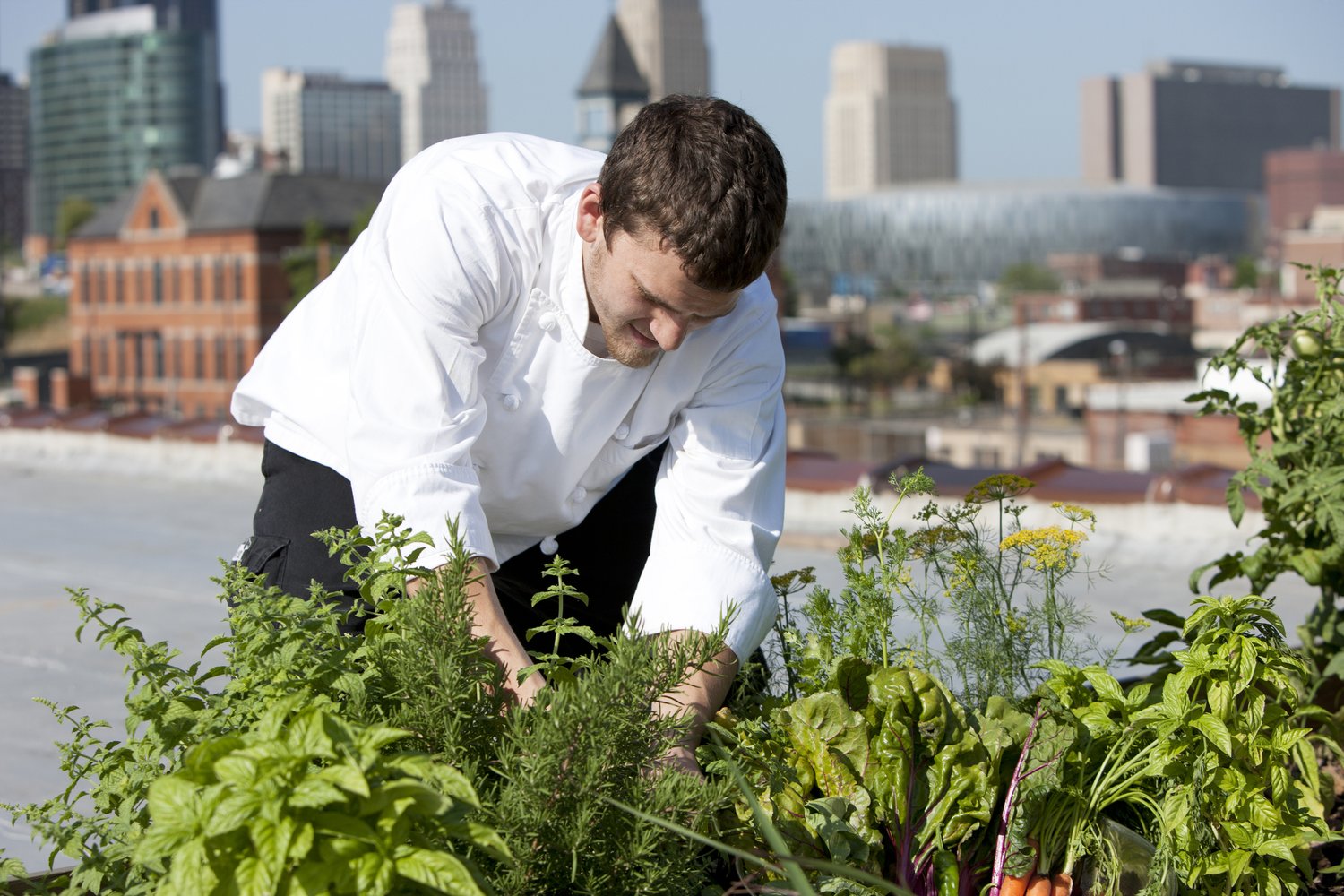City Blooming Fundamentals Explained
City Blooming Fundamentals Explained
Blog Article
5 Easy Facts About City Blooming Explained
Table of ContentsCity Blooming for BeginnersCity Blooming Things To Know Before You Get ThisThe Best Strategy To Use For City BloomingThe Greatest Guide To City BloomingThe 8-Minute Rule for City Blooming
Interested in expanding food for sale in the City of Chicago? Considering starting a neighborhood garden? Modifications to the Chicago Zoning Regulation allow agricultural uses like community gardens and urban ranches in many components of the city. Below is a list of frequently asked questions concerning the guidelines and policies that growers ought to take into consideration when intending a city agriculture task.
The zoning modification does not change any type of other codes managing composting, structure authorizations, purchasing or renting City had home, service licenses or environmental contamination. There are existing codes that manage these problems and they stay in complete impact and may apply to your job. Community gardens are usually possessed or managed by public entities, public organizations or community-based organizations and preserved by volunteers.
Urban farms grow food that is planned to be offered, either on a nonprofit or for-profit basis. Due to their business purpose, urban farms require a service permit. Yes. A neighborhood yard is allowed to offer excess produce that was expanded on site if the sales are accessory or subordinate to the yard's primary objective explained over.
The Facts About City Blooming Uncovered
Composting is allowed but only for plant material that is generated and made use of on site. The amount of compost material can not surpass 25 cubic backyards at any kind of offered time according to the standards in 7-28-715 of the City's Municipal Code. Yes. Because the soil at many new garden websites requires changing, garden compost, soil, timber chips, or other products can be gotten to build or improve the expanding area - City gardening.

If a structure license is needed then the hoophouse will be thought about an accessory structure. You can discover out more about the structure authorization demands by speaking to the Department of Buildings. The 25,000-square-foot dimension restriction is planned to avoid a solitary community yard from controling an offered block or interfering with the block's existing domestic or commercial personality.
The restriction does not apply to gardens located in Public Open Room (POS) areas. Can there be even more than one community yard that is 25,000 square feet on a single block? Secure fencing is not required, nonetheless, gardens that have huge vehicle parking areas might be needed to install secure fencing or other landscaping functions.
The Main Principles Of City Blooming
B1 & B2 districts need that all commercial use activities be performed inside. R districts limit business task. The regulations mirror the purpose and intent of the Zoning Code. Is fence needed for metropolitan farms? Yes. Fencings might be required, in addition to landscaping and testing, for sure vehicle parking locations and outdoor work or storage locations relying on location and the particular activity occurring.
Urban ranches call for building authorizations and zoning approvals prior to building and construction (eco-friendly practices). Various other forms of city review may be called for depending on certain structures, tasks, size, landscape design, licensing, public health and stormwater monitoring concerns.
The Department of Business Matters and Consumer Defense can aid establish the specific kind of service certificate that's needed. Off road parking is needed for most business tasks in Chicago. The needed number of parking rooms is based on the number of workers working on site and not the square video of the growing area.
City Blooming - An Overview

Yes. A city farm can sell garden compost material generated on website, nevertheless, the operation should adhere to the laws in 7-28-715 of the Chicago Municipal Code. Yes. Aquaponic systems are enabled indoors on metropolitan farms in several zoning areas. However, a zoning evaluation and building permit is required in order to install frameworks or systems and a company certificate is required as explained above.
Up to 5 hives or colonies of honey may be kept as an accessory usage. Beekeepers have to register with the Illinois Department of Agriculture. To learn more about the suggested zoning modification you might speak to the Division of Housing and Economic Development, Bureau of Planning and Zoning at 312.744.8563.
, which takes place in rural locations at the edge of this website suburbs.
City Blooming Fundamentals Explained
It can entail a movement of natural growers, "foodies" and "locavores", that look for to create social networks based on a common ethos of nature and community holism. These networks can establish by method of formal institutional support, becoming integrated right into regional town as a "change community" activity for sustainable metropolitan advancement.
The extra straight accessibility to fresh veggie, fruit, and meat items that might be realised with metropolitan agriculture can enhance food protection and food safety and security while reducing food miles, bring about reduced greenhouse gas exhausts, thereby adding to environment modification mitigation. A few of the initial evidence of urban agriculture comes from Mesopotamia.
Report this page